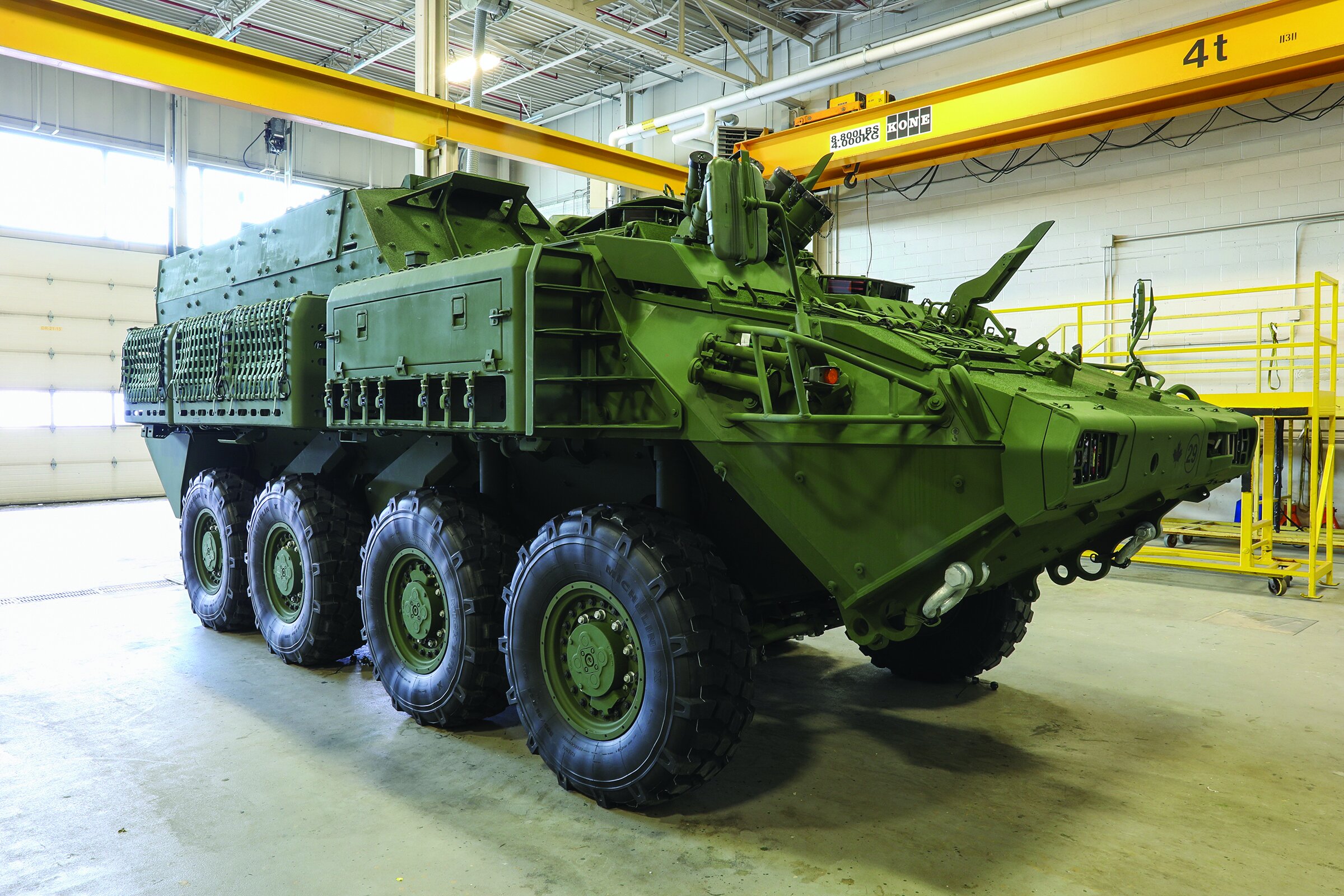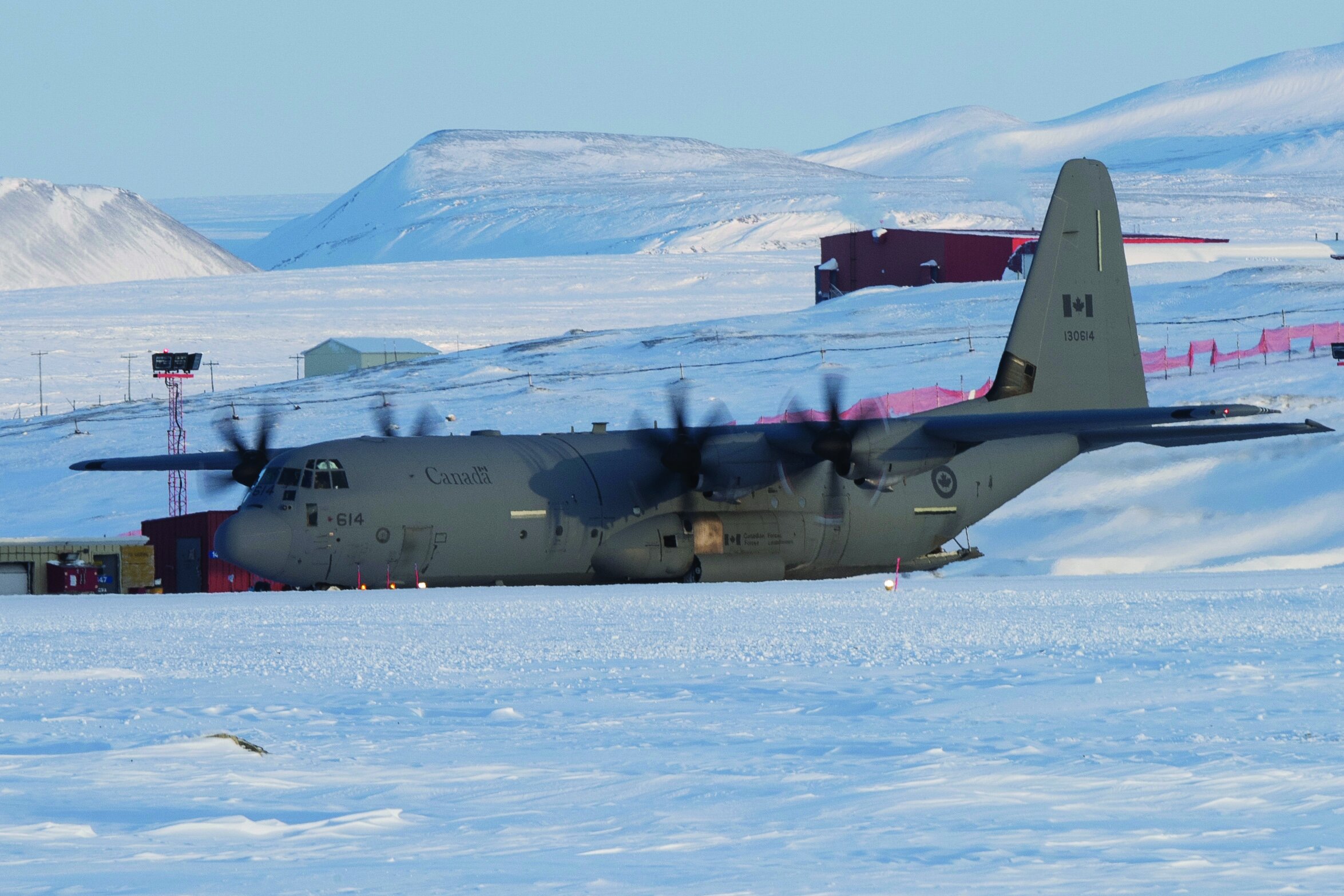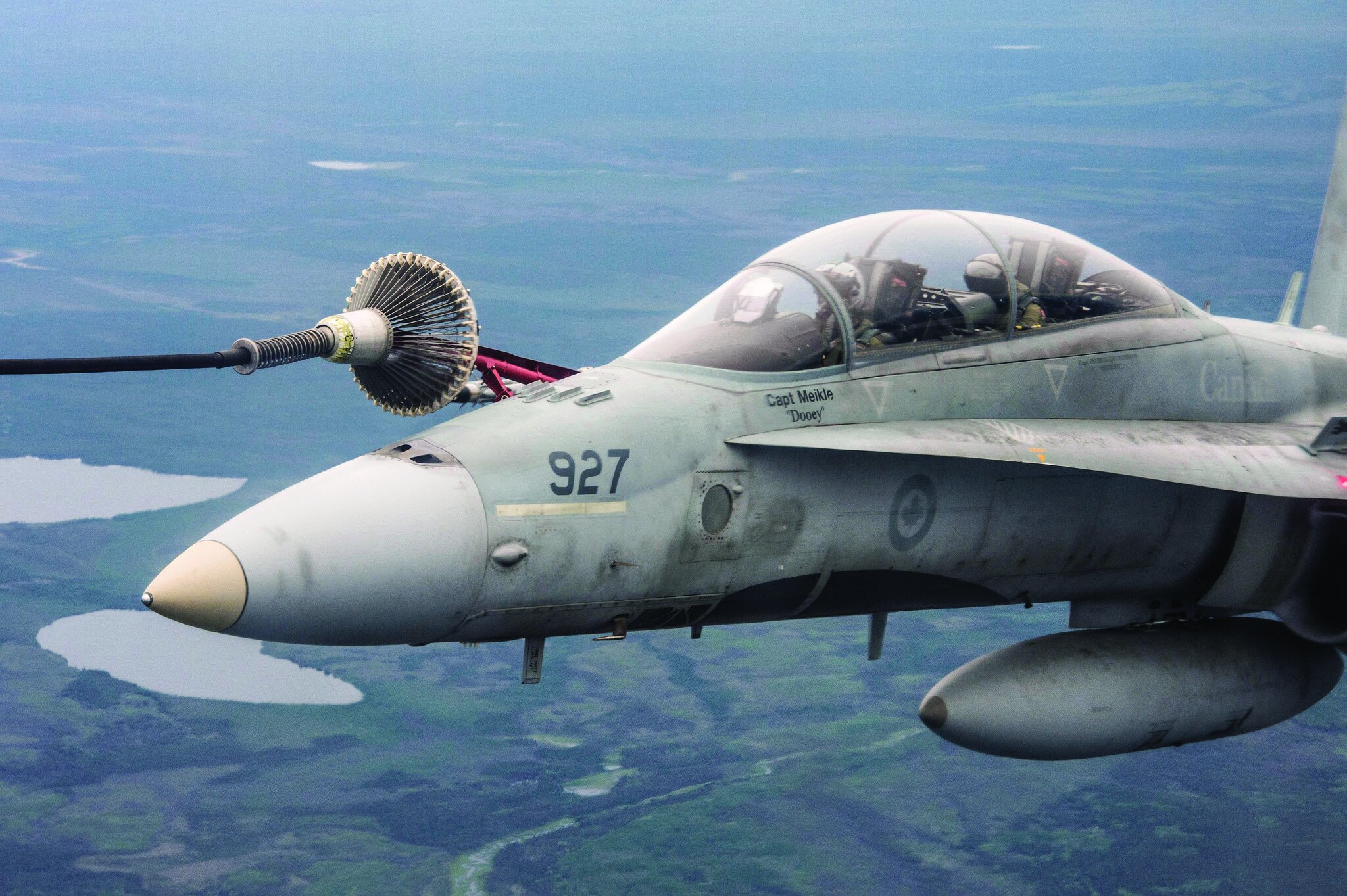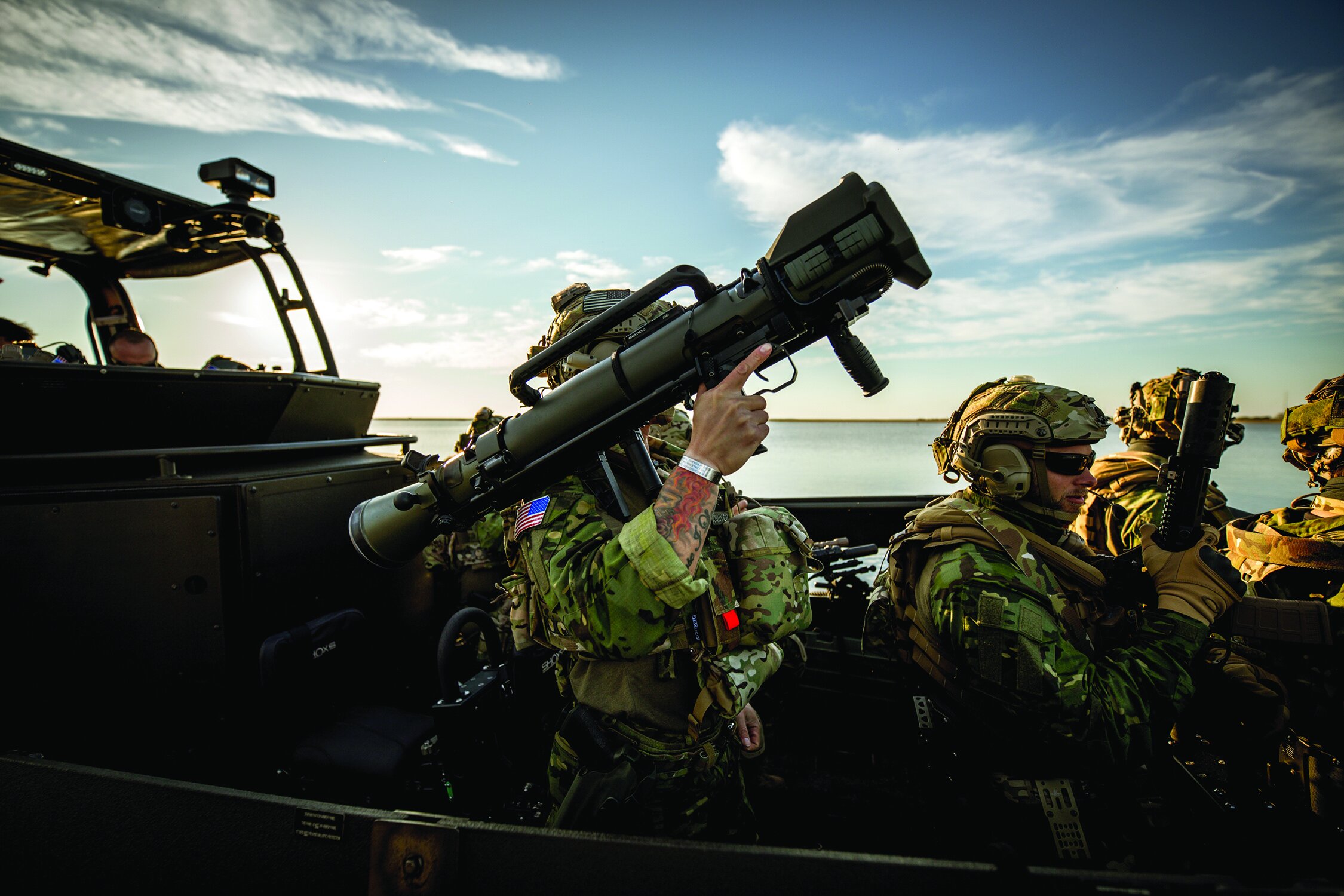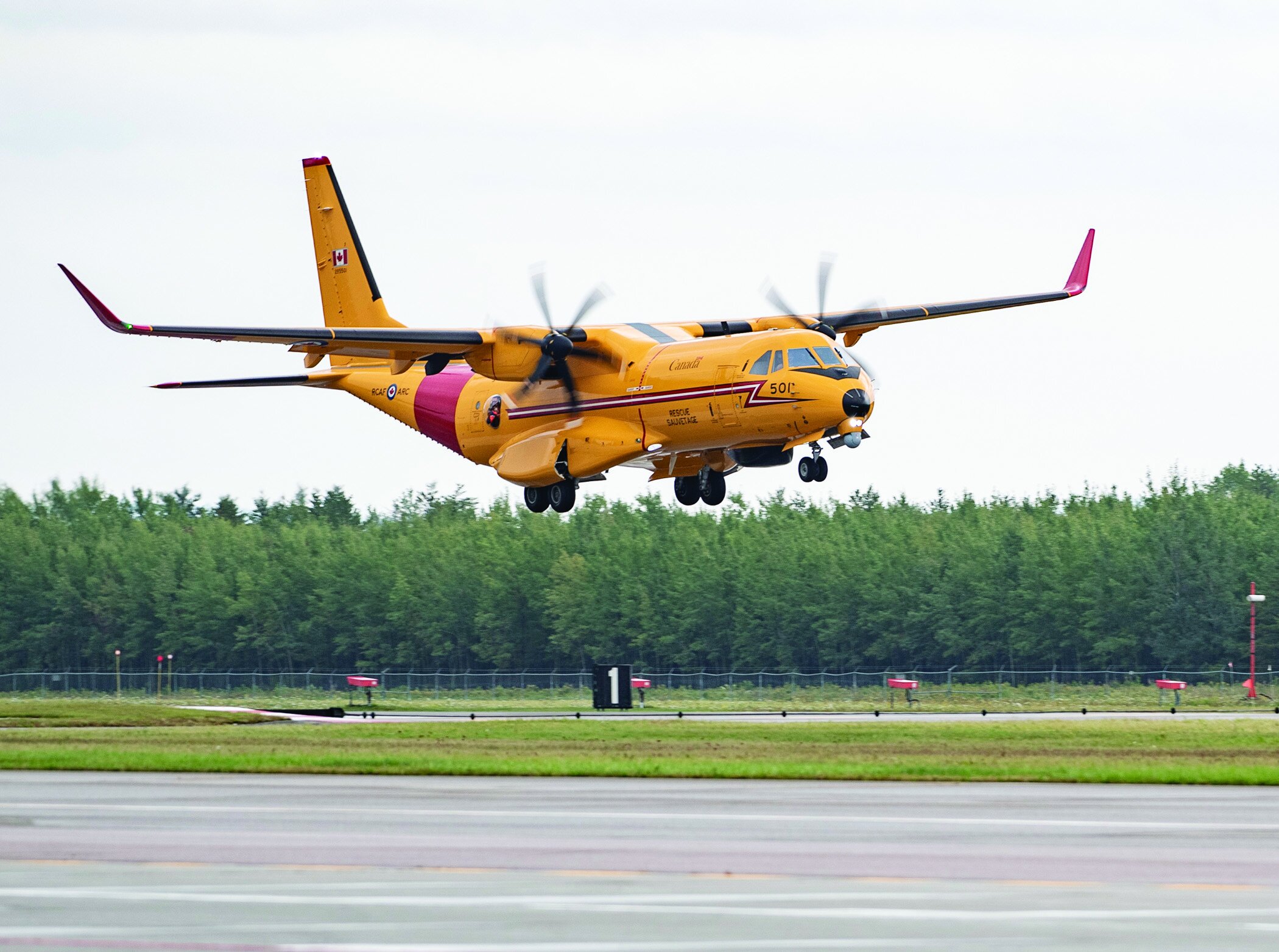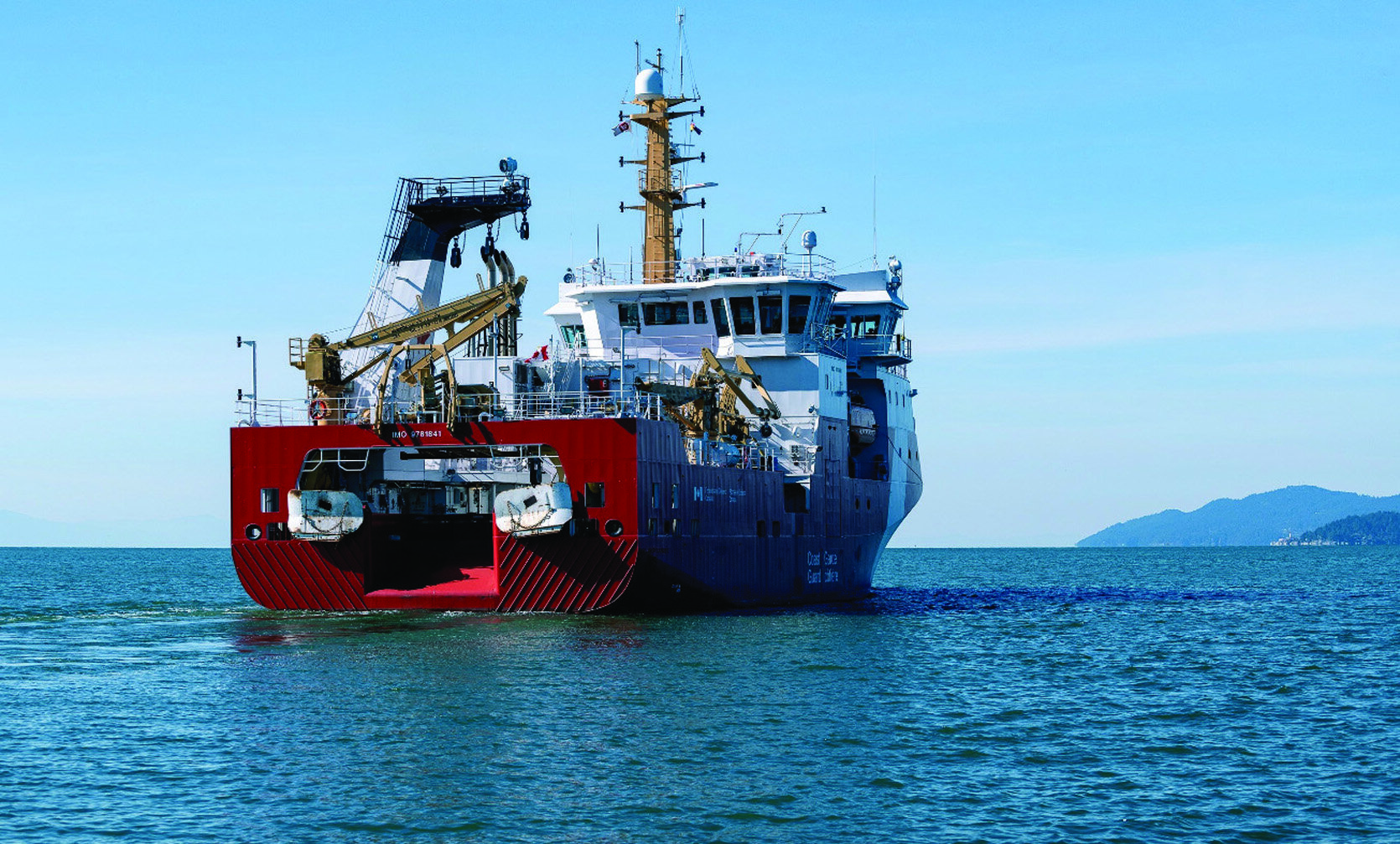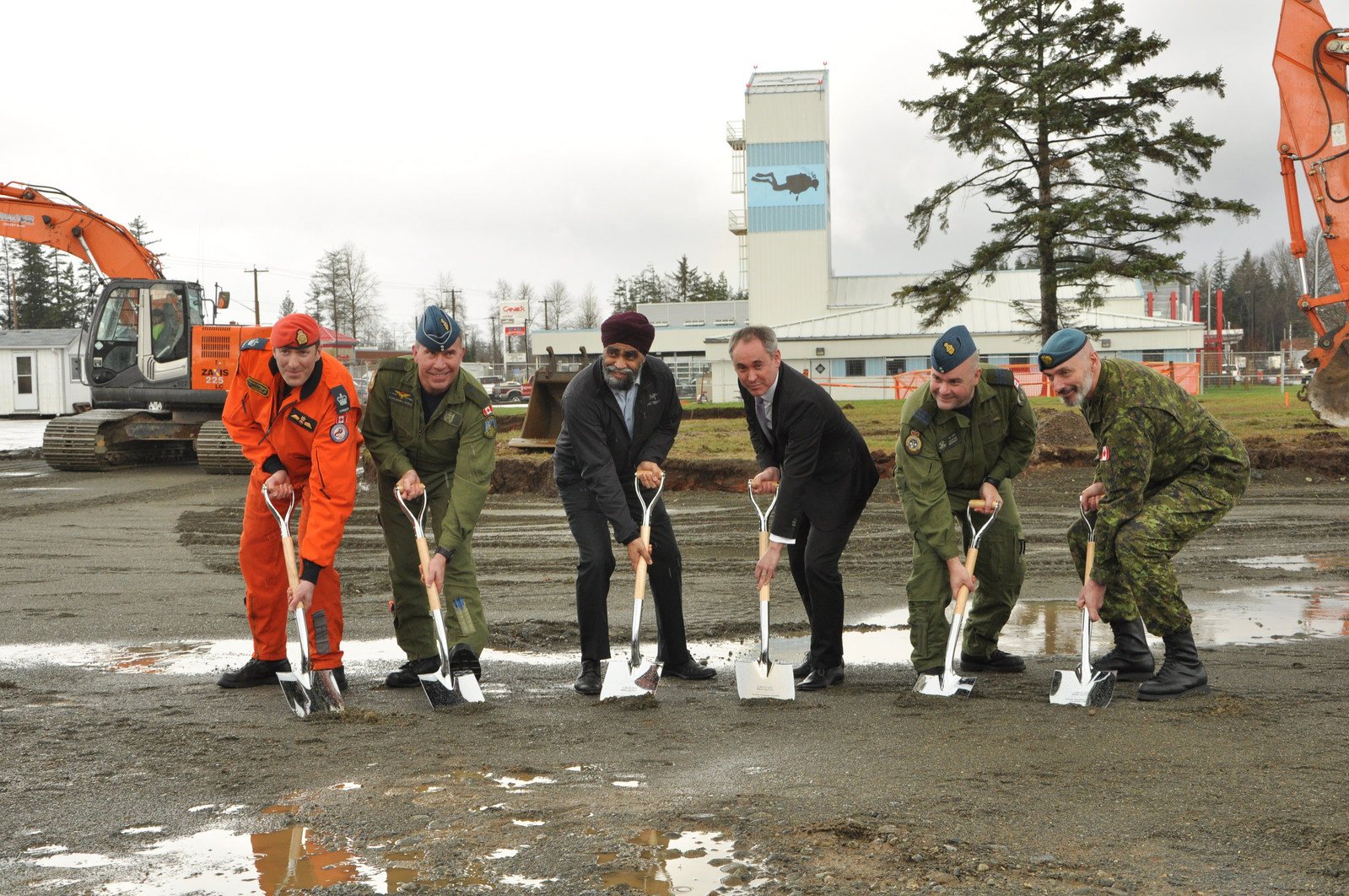by David Pugliese
THE CANADIAN MILITARY has ordered 39 additional light armoured vehicles at a cost of $165 million U.S. to make up for equipment it donated to Ukraine.
In addition, the Canadian Forces plans to acquire new generation Carl Gustaf antitank systems to replace earlier generation weapons shipped to Ukrainian troops.
The new procurements follow the promise by Prime Minister Justin Trudeau that Canadian military equipment sent to Ukraine in 2022 would be restocked.
In July. Defence Minister Anita Anand announced the government was redirect- ing 39 light armoured vehicles, originally ordered for the Canadian Army, to Ukraine. The Armoured Combat Support Vehicles or ACSVs had just been built and were coming off the assembly line at General Dynamics Land Systems – Canada in London, Ontario.
Dan Le Bouthillier, spokesman for the Department of National Defence, said a second contract between Canada and General Dynamics for $165 million U.S. has been signed for 39 replacement Armoured Combat Support Vehicles. The funding will come from the $500 million the Trudeau government has set aside to purchase military equipment for Ukraine.
Canada has shipped ammunition, anti-tank rounds, grenades, M72 rocket launchers and small arms to Ukraine from Canadian Forces stocks. It has also provided four M777 howitzers, built by BAE, and 100 older generation Carl Gustaf M2 recoilless rifles.
Department of National Defence spokes- woman Jessica Lamirande said the small arms ammunition, grenades and M72s will be replaced. Details are still being worked out but the replacement of the weapons will be done by increasing ammunition orders over the next several years.
“Given the Carl Gustav M2 model is now obsolete, we’ll be looking at developing the acquisition solution for the M4 model instead,” she added.
Department of National Defence procurement specialists are also examining how to replace the M777s.
Options for that include looking at the international market for existing M777s or acquiring such guns if BAE’s M777 production line is re-opened, she said.
BAE officials recently told the Wall Street Journal that the M777 production line could be re-opened if there is enough interest among militaries.
Another option is to examine the acquisition of other types of artillery guns.
Canada originally ordered 37 M777s during the Afghan war.
The Canadian government has awarded a $122 million contract to Nasittuq Corporation, from Ottawa, Ontario, to provide support services to CFS Alert in Nunavut for an initial period of eight-and- a-half years.
CFS Alert is a military station located in Nunavut on the north-eastern tip of Elles- mere Island, the northernmost island of the Canadian Arctic Archipelago. CFS Alert maintains signals intelligence facilities to support Canadian military operations.
The contract with Nasittuq Corporation covers all site support services for CFS Alert, including accommodations, food services, maintenance and operation of grounds and roads (including runway), power plants, buildings, generators, water and sewage treatment systems, fire alarm systems, fuel storage tanks, and a quarry operation. Nasittuq Corporation will also provide maintenance and extensive repair work of some of the 90 buildings on the station – including 19 major structures.
CFS Alert is located at 817 km from the North Pole, and the nearest settlement is the Inuit community of Grise Fiord, the most northern Inuit community, approximately 725 km to the south. The contract is for eight-and-a-half years, with two four-year extension options.
De Havilland Aircraft of Canada Limited will open a new aircraft manufacturing facility in Wheatland County, Alberta, approximately 30 minutes east of Calgary.
This new facility will be called De Havilland Field and will consist of a new, state-of-the-art aircraft assembly facility, runway, parts manufacturing and distribution centres and maintenance repair and overhaul centre, the company noted. In addition, educational space for training the workforce of the future is planned as well as general office buildings and a De Havilland Canada aircraft museum.
These operations will complement the company’s current parts manufacturing facilities in Victoria, BC as well as our new engineering and customer support centre of excellence in Toronto.
De Havilland Field will be the site of final assembly for the DHC-515 Firefighter aircraft which was launched earlier this year, the DHC-6 Twin Otter as well as the Dash 8-400 aircraft.
The location of De Havilland Field is seen as ideal, having access to a large, young and diverse labour pool in Alberta, family-friendly cost of living, and a world-class international airport that can support efficient parts distribution to the company’s global customer base.
Irving Shipbuilding wants to bring in more foreign workers to help construct the Royal Canadian Navy’s new fleet of warships.
The Canadian government has awarded a $122 million contract to Nasittuq Corporation to provide support services to CFS Alert (shown in this photo) for an initial period of eight-and-a-half years. (CANADIAN FORCES PHOTO)
Irving is involved in a recruiting campaign to bring in workers from the Philip- pines as it gets ready to construct the first of the RCN’s 15 Canadian Surface Combatants.
That warship program has been touted by federal government representatives, defence analysts and Irving officials as a catalyst to create top paying jobs for Canadians.
The Embassy of the Philippines in Ottawa is helping with the Irving recruiting campaign. Under the banner of “Filipinos Invited to Build Canada’s Naval Fleet”, it noted that a delegation from the embassy and the Philippine Overseas Labor Office visited had already visited Irving Ship- building where they were received by the firm’s human resources vice president Jim Rennie.
“With Irving Shipbuilding contracted to build the CAF’s next generation Canadian Surface Combatants fleet, the company is currently recruiting Filipino shipbuild- ing employees to meet its manpower requirement for this critical contract,” the embassy noted. “During the meeting which followed the worksite visit, Rennie provided an overview of the support services they have in place to ensure the successful integration of their prospective Filipino employees to the company and the Halifax community.”
In a May 2020 appearance before a Commons committee, Innovation, Science and Economic Development deputy minister Simon Kennedy claimed the federal government’s shipbuilding strategy had created or maintained almost 17,000 Canadian jobs. Kennedy also claimed ISED officials were regularly working on the surface combatant project with Irving and others to ensure the economic benefits promised to Canada were implemented.
But asked for comment on Irving’s recruitment campaign, Innovation, Science and Economic Development said they could not respond because the issue does not “fall under the department’s purview.”
Public Services and Procurement Canada did not provide comment.
Irving has previously brought in foreign workers. In 2017 the Chronicle Herald newspaper in Halifax reported about Irving hiring workers from Poland to work on the Royal Canadian Navy’s ships. Irving also had a deal with the Spanish firm Gabadi LC that involved Spanish carpenters being brought to Halifax to work on the navy’s Arctic and Offshore Patrol Ships.

